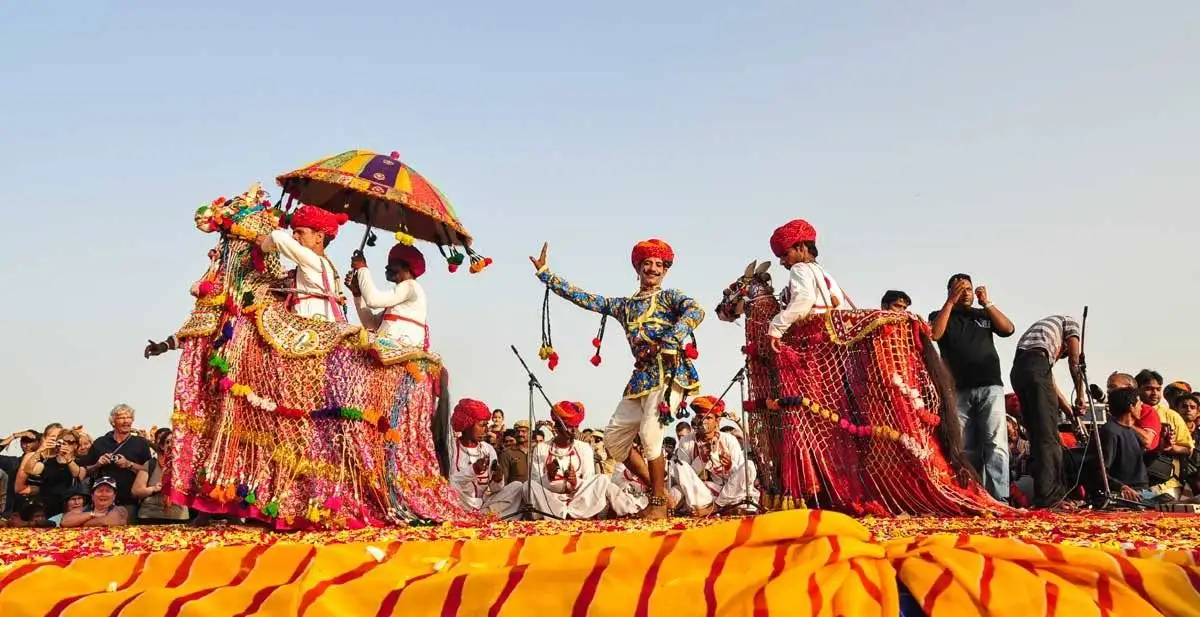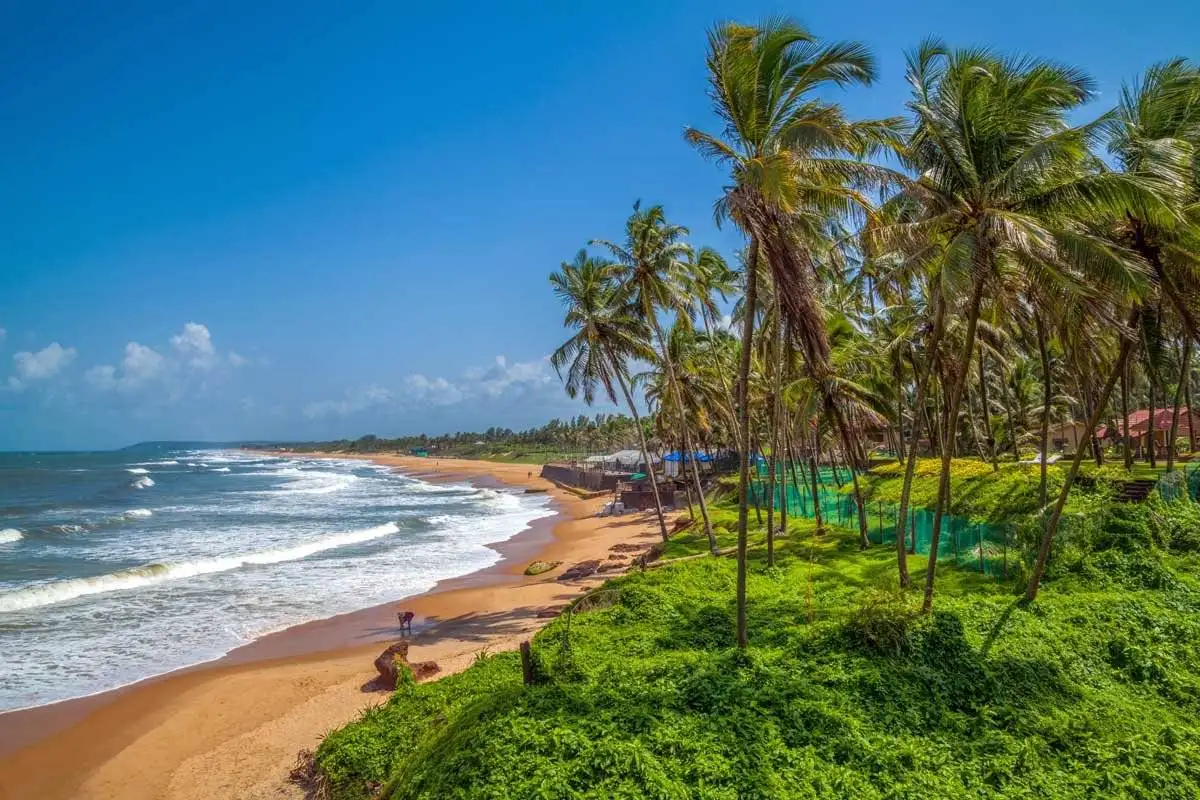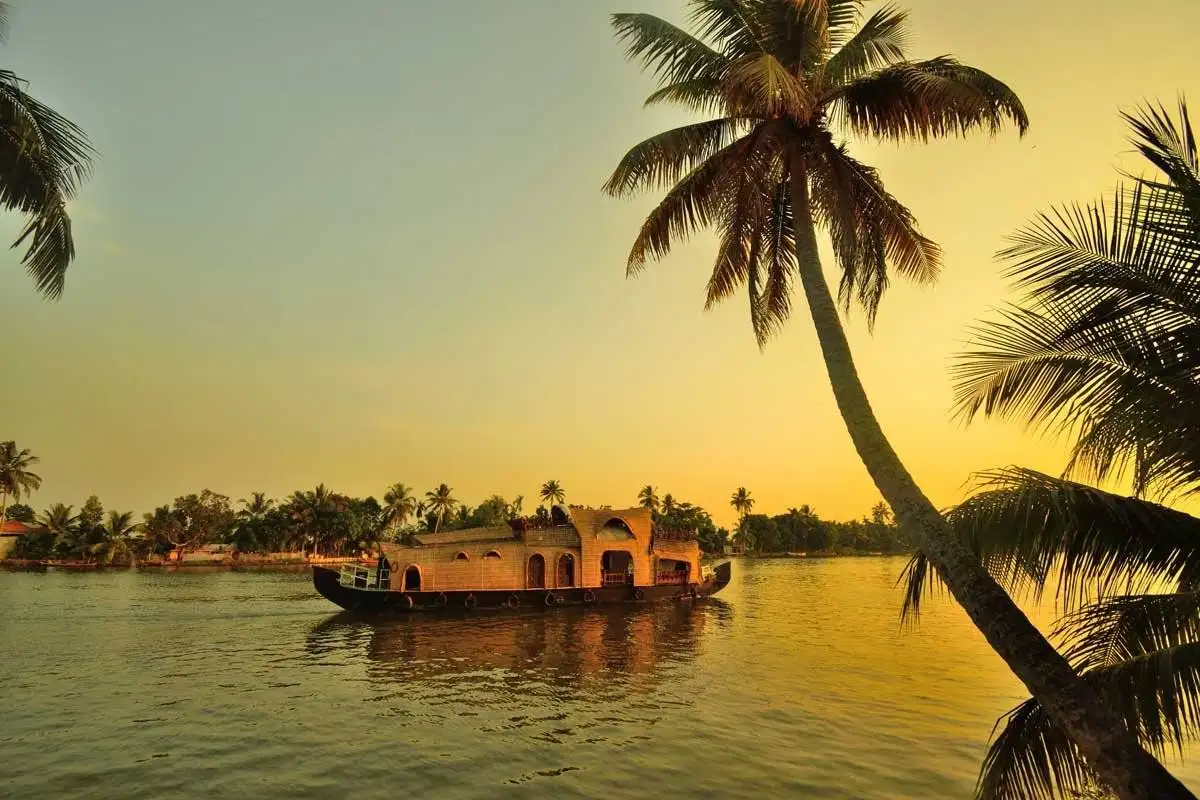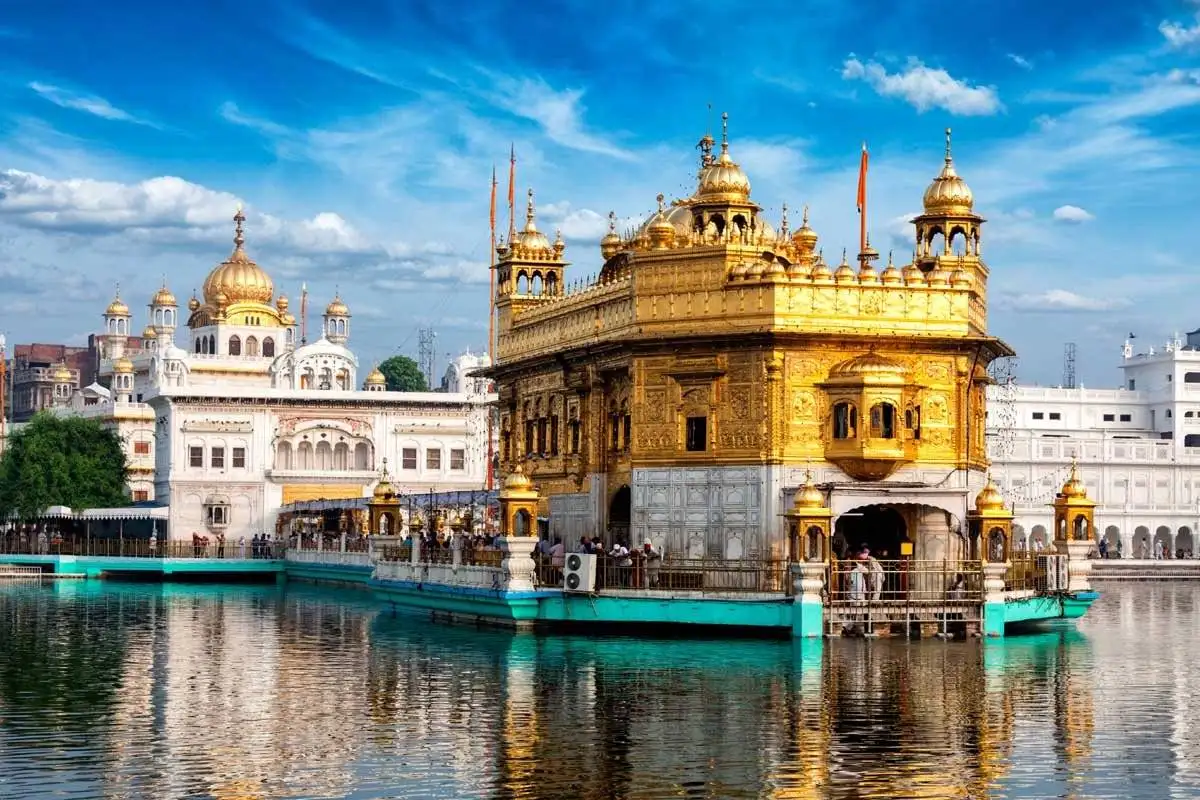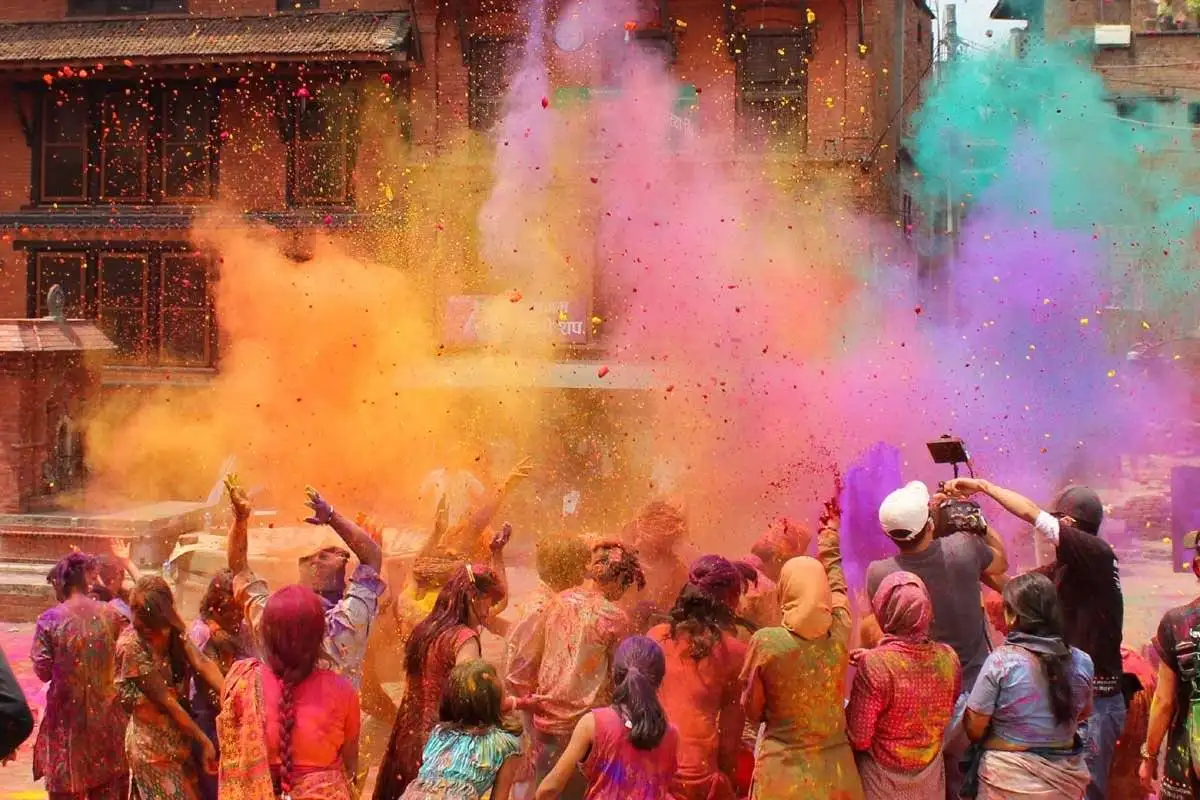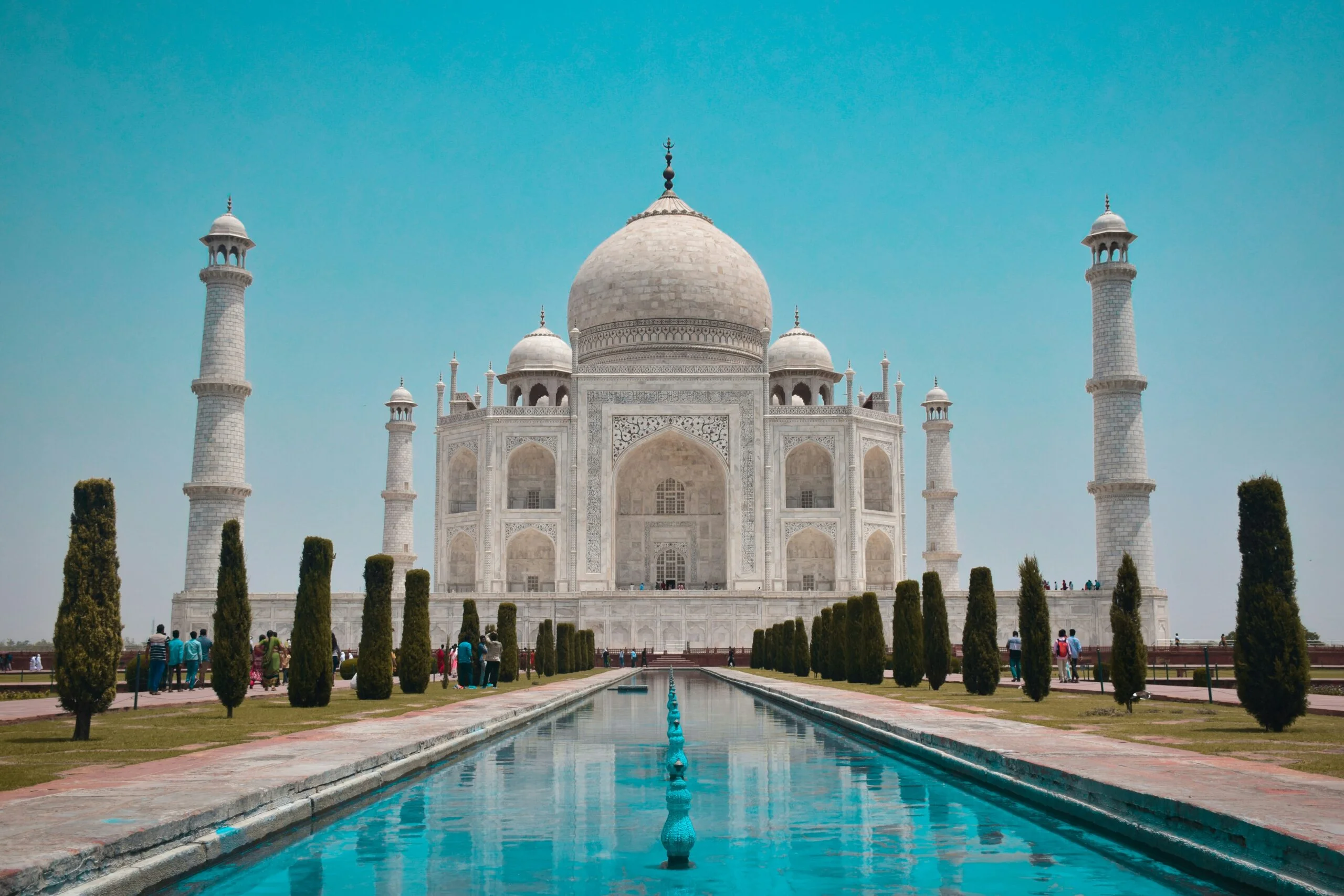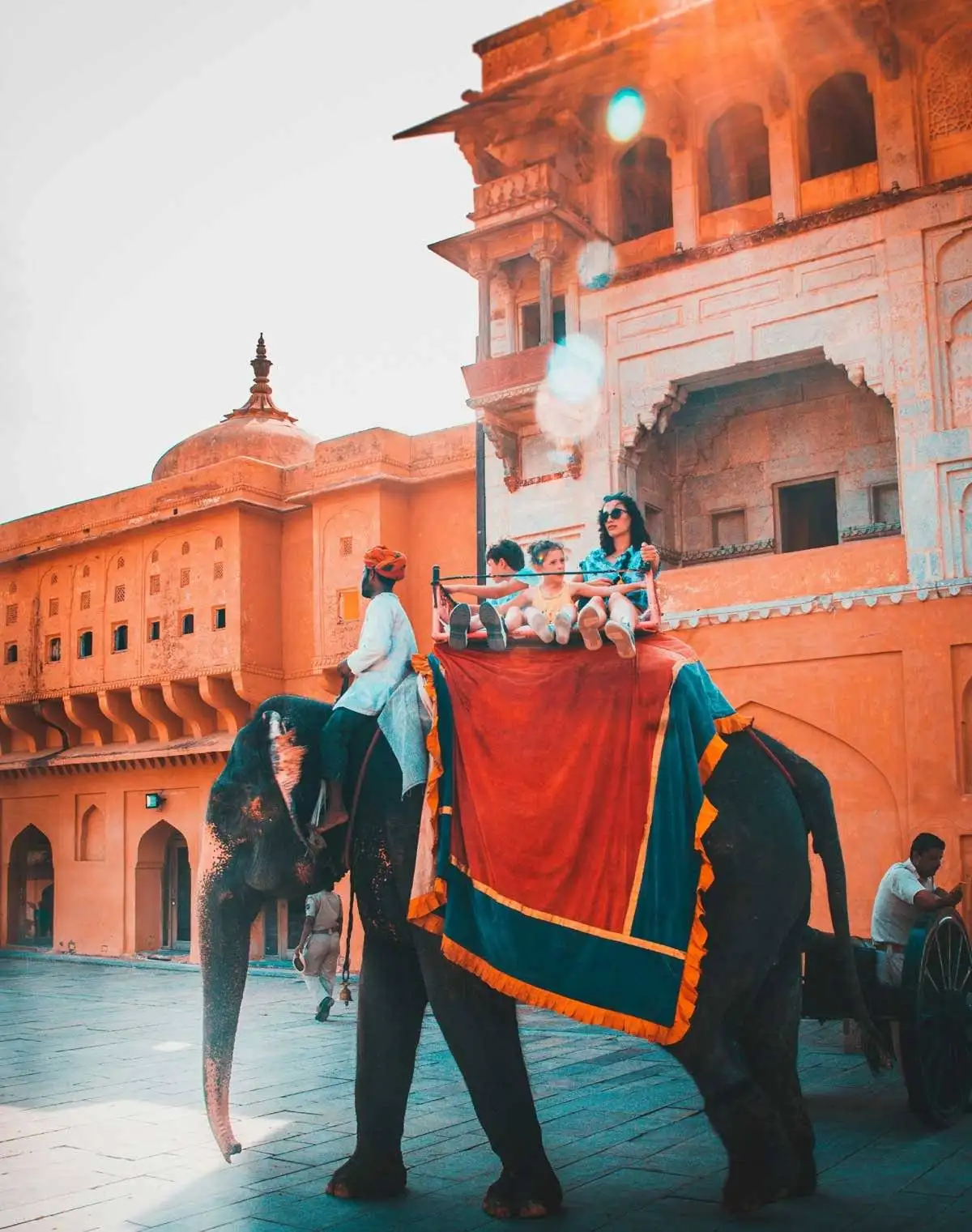
Introduction
Jaipur, the capital city of Rajasthan, is a vibrant and enchanting destination known for its rich history, magnificent architecture, and colorful culture. Often referred to as the “Pink City” due to the distinct color of its buildings, Jaipur offers a myriad of attractions for travelers. This comprehensive guide will take you through the must-visit sights, practical tips, and everything you need to know for an unforgettable Jaipur sightseeing tour.
Outline
- Introduction
- Overview of Jaipur
- Brief History
- Geography and Climate
- Top Attractions in Jaipur
- Amber Fort
- City Palace
- Hawa Mahal
- Jantar Mantar
- Jal Mahal
- Nahargarh Fort
- Jaigarh Fort
- Albert Hall Museum
- Birla Mandir
- Rambagh Palace
- Local Markets and Shopping
- Johari Bazaar
- Bapu Bazaar
- Tripolia Bazaar
- Chandpole Bazaar
- Cultural Experiences
- Rajasthani Cuisine
- Folk Music and Dance
- Festivals and Events
- Travel Tips for Jaipur
- Best Time to Visit
- How to Get Around
- Safety Tips
- Conclusion
- FAQs
Overview of Jaipur
Brief History
Founded in 1727 by Maharaja Sawai Jai Singh II, Jaipur is a city steeped in history. The city was meticulously planned and constructed with wide streets, uniform rows of shops, and stunning palaces, making it one of India’s earliest planned cities.
Geography and Climate
Jaipur is situated in the eastern part of Rajasthan and is surrounded by the rugged Aravalli Hills. The city experiences a hot semi-arid climate with distinct seasons: a hot summer, a monsoon season, and a mild winter. The best time to visit Jaipur is from October to March when the weather is pleasant.
Top Attractions in Jaipur
Amber Fort
Amber Fort, located 11 kilometers from Jaipur, is a majestic fort known for its artistic Hindu-style architecture. Built with red sandstone and marble, the fort offers a stunning view of Maota Lake. Key highlights include the Sheesh Mahal (Mirror Palace), Diwan-e-Aam (Hall of Public Audience), and Diwan-e-Khas (Hall of Private Audience).
City Palace
The City Palace is a grand complex that showcases the fusion of Mughal and Rajasthani architecture. It houses several palaces, courtyards, and gardens. Notable structures include the Chandra Mahal, Mubarak Mahal, and the museum that displays artifacts from Rajasthan’s royal history.
Hawa Mahal
Hawa Mahal, also known as the Palace of Winds, is an iconic structure with its unique five-story exterior resembling a honeycomb. Built in 1799 by Maharaja Sawai Pratap Singh, it was designed to allow royal ladies to observe street festivals without being seen.
Jantar Mantar
A UNESCO World Heritage site, Jantar Mantar is an astronomical observatory built by Maharaja Jai Singh II. It features the world’s largest stone sundial and other astronomical instruments used to measure time, predict eclipses, and track stars.
Jal Mahal
Located in the middle of Man Sagar Lake, Jal Mahal (Water Palace) is a beautiful five-story palace with four floors submerged in water when the lake is full. The palace is a serene sight, especially at sunset, and is an excellent spot for photography.
Nahargarh Fort
Perched on the Aravalli Hills, Nahargarh Fort offers panoramic views of Jaipur city. Originally built in 1734 as a retreat by Maharaja Sawai Jai Singh II, it later served as a defense fort. The fort is a great place to witness the city’s skyline, especially at dusk.
Jaigarh Fort
Jaigarh Fort, also known as the Victory Fort, is famous for its extensive fortifications and the world’s largest cannon on wheels, the Jaivana Cannon. The fort offers spectacular views of the Amber Fort and the surrounding landscape.
Albert Hall Museum
Situated in Ram Niwas Garden, Albert Hall Museum is the oldest museum in Rajasthan. The museum’s Indo-Saracenic architecture houses an extensive collection of artifacts, including paintings, jewelry, textiles, and sculptures.
Birla Mandir
Birla Mandir, also known as the Laxmi Narayan Temple, is a modern Hindu temple made of white marble. It is dedicated to Lord Vishnu and Goddess Laxmi and is known for its intricate carvings and serene environment.
Rambagh Palace
Rambagh Palace, now a luxurious hotel, was once the residence of the Maharaja of Jaipur. The palace is an epitome of grandeur and offers a glimpse into the royal lifestyle with its well-preserved architecture and lush gardens.
Local Markets and Shopping
Johari Bazaar
Johari Bazaar is a must-visit for jewelry lovers. The market is famous for its exquisite range of traditional Rajasthani jewelry, including Kundan, Meenakari, and Polki work.
Bapu Bazaar
Bapu Bazaar is known for its vibrant textiles, perfumes, and traditional Rajasthani footwear called Mojari. It’s the perfect place to shop for souvenirs and gifts.
Tripolia Bazaar
Tripolia Bazaar offers a wide variety of bangles, brassware, textiles, and carpets. It’s a bustling market that gives you a taste of local life.
Chandpole Bazaar
Chandpole Bazaar is famous for marble sculptures and handicrafts. It’s an ideal place to find unique decorative items and souvenirs.
Cultural Experiences
Rajasthani Cuisine
Jaipur offers a culinary journey with its rich and flavorful Rajasthani cuisine. Must-try dishes include Dal Baati Churma, Gatte ki Sabzi, Laal Maas, and sweet treats like Ghewar and Mawa Kachori.
Folk Music and Dance
Experience the vibrant folk music and dance performances of Rajasthan. Traditional dances like Ghoomar and Kalbeliya, accompanied by folk music, provide a glimpse into the cultural heritage of the region.
Festivals and Events
Jaipur is known for its lively festivals such as the Jaipur Literature Festival, Teej, Gangaur, and the Elephant Festival. These events are a great way to experience the local culture and traditions.
Travel Tips for Jaipur
Best Time to Visit
The best time to visit Jaipur is from October to March when the weather is pleasant and ideal for sightseeing.
How to Get Around
Jaipur offers various modes of transport, including auto-rickshaws, cycle-rickshaws, taxis, and buses. Renting a car with a driver is a convenient option for tourists.
Safety Tips
- Stay Hydrated: Carry water bottles to stay hydrated, especially during the summer months.
- Dress Appropriately: Wear comfortable and modest clothing, particularly when visiting religious sites.
- Be Cautious: Be aware of your surroundings and avoid isolated areas, especially at night.
Conclusion
A Jaipur sightseeing tour is a journey through the rich history, architectural marvels, and vibrant culture of the Pink City. From exploring majestic forts and palaces to indulging in local markets and cultural experiences, Jaipur offers something for every traveler. Whether you’re a history buff, a shopaholic, or a foodie, Jaipur will captivate your heart with its charm and splendor.
FAQs
1. What are the must-visit attractions in Jaipur?
The must-visit attractions in Jaipur include Amber Fort, City Palace, Hawa Mahal, Jantar Mantar, Jal Mahal, Nahargarh Fort, Jaigarh Fort, Albert Hall Museum, Birla Mandir, and Rambagh Palace.
2. How many days are ideal for a Jaipur sightseeing tour?
A 3 to 4-day trip is ideal for covering the major attractions and experiencing the local culture of Jaipur.
3. What is the best time to visit Jaipur?
The best time to visit Jaipur is from October to March when the weather is pleasant and suitable for sightseeing.
4. What are some popular markets for shopping in Jaipur?
Popular markets for shopping in Jaipur include Johari Bazaar, Bapu Bazaar, Tripolia Bazaar, and Chandpole Bazaar.
5. Can I rent a car for my Jaipur tour?
Yes, renting a car with a driver is a convenient option for tourists to explore Jaipur comfortably.

